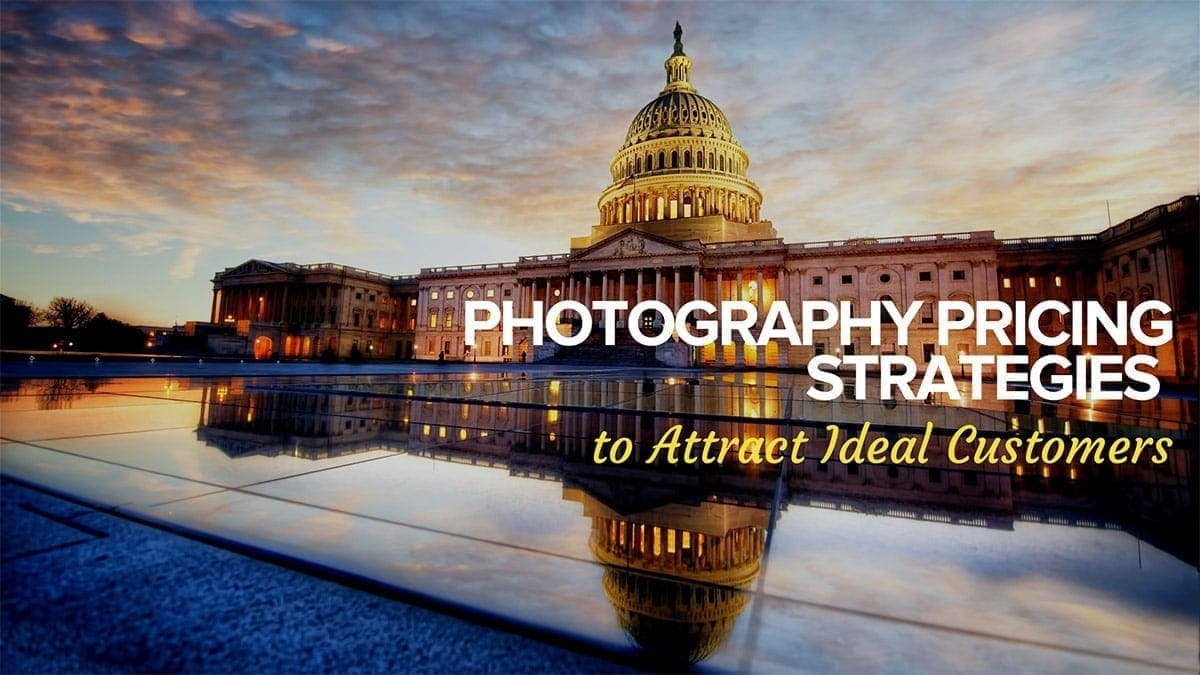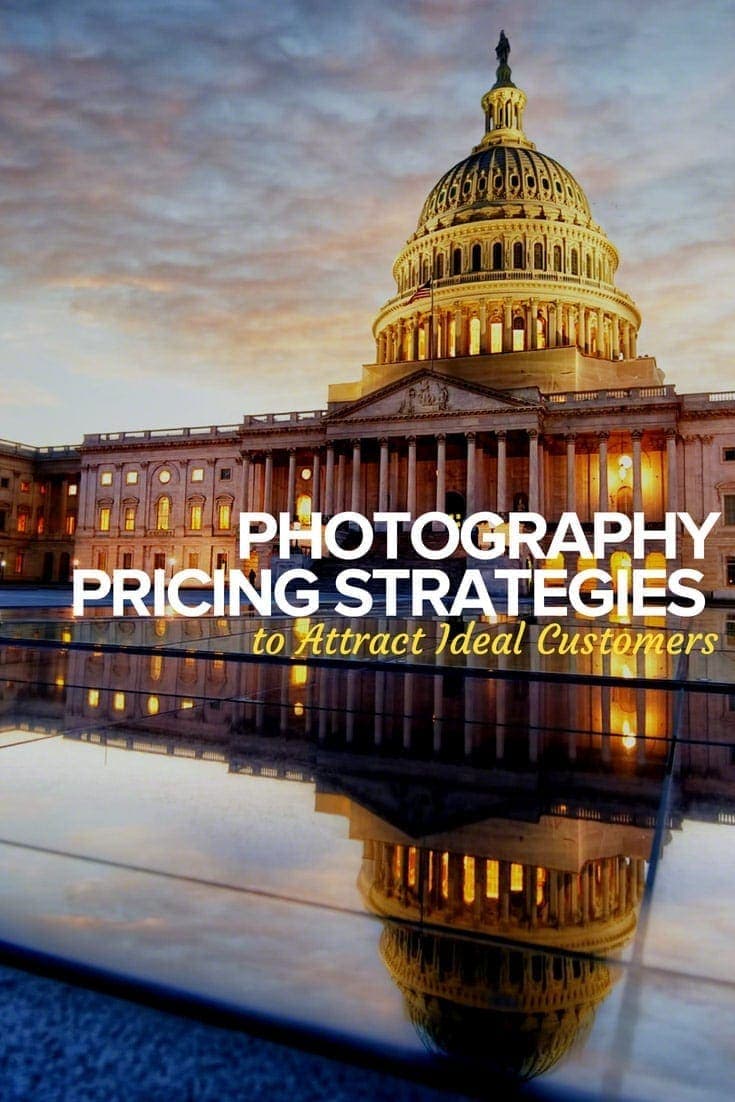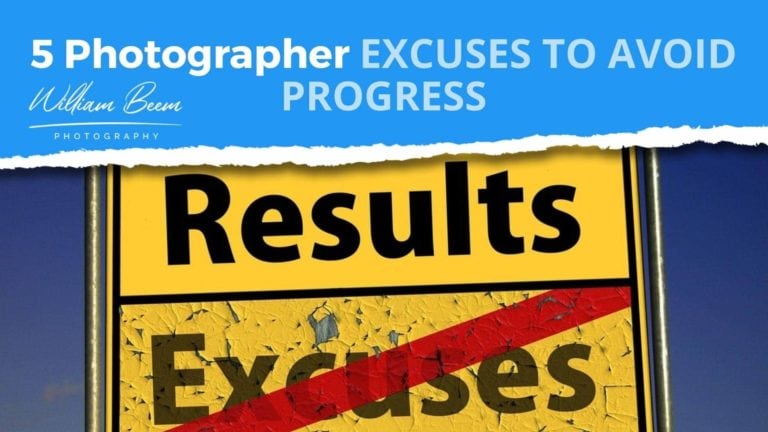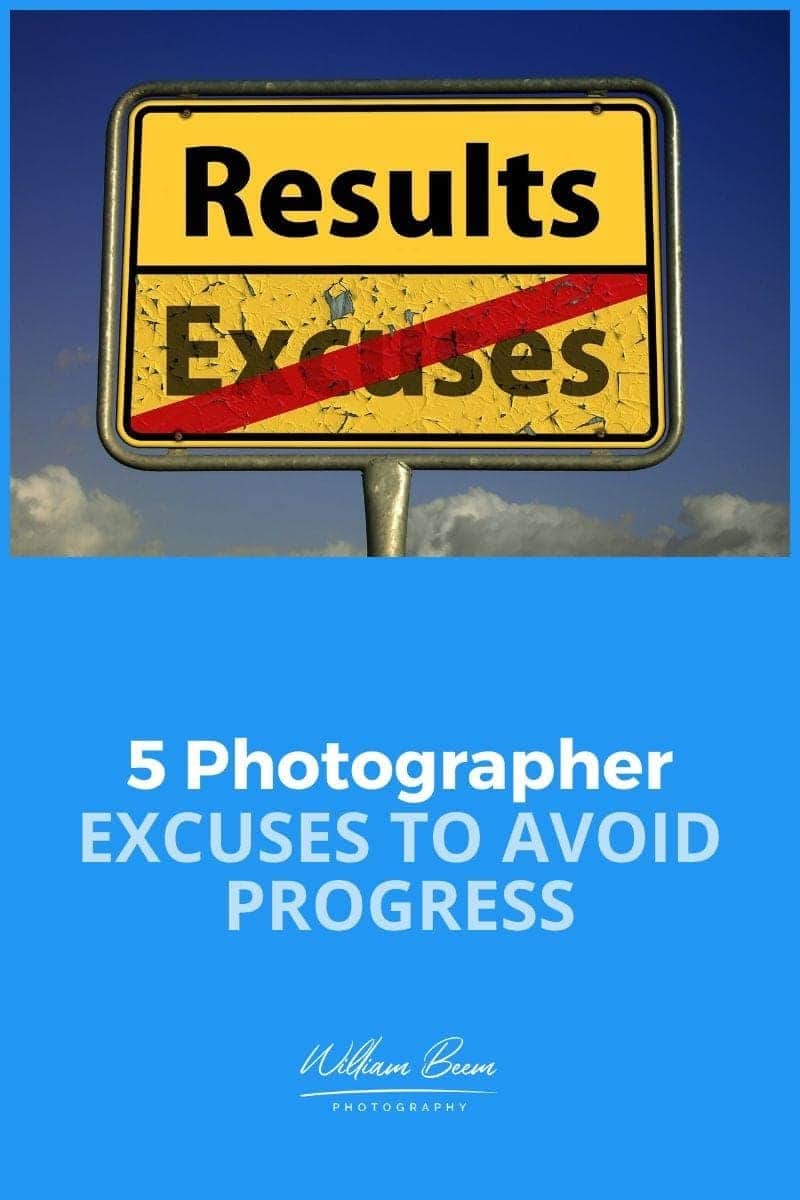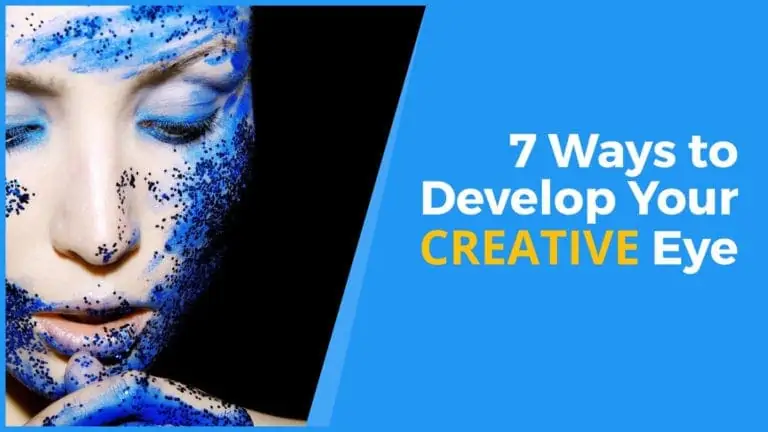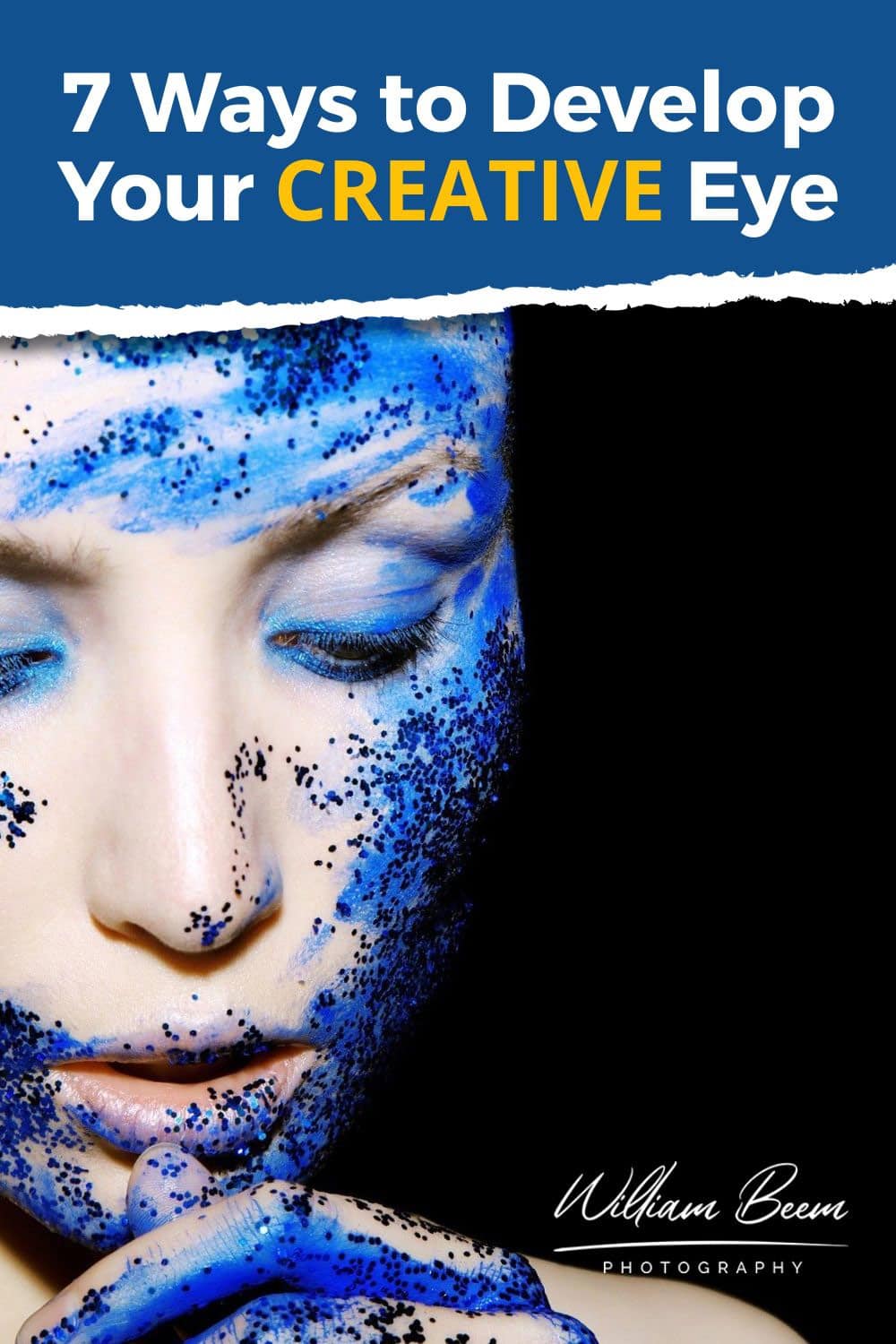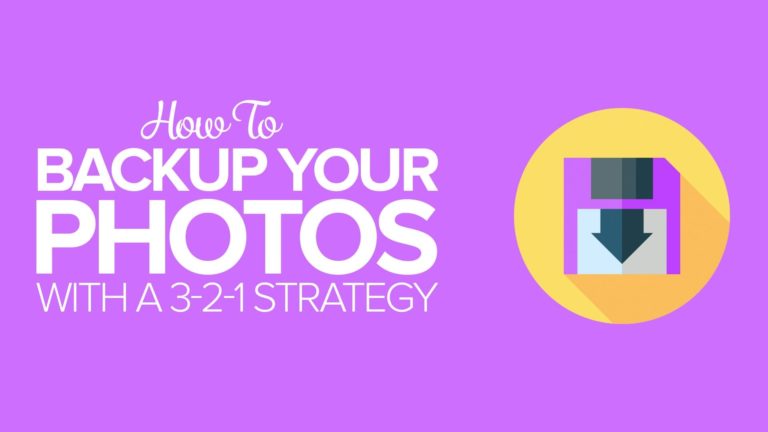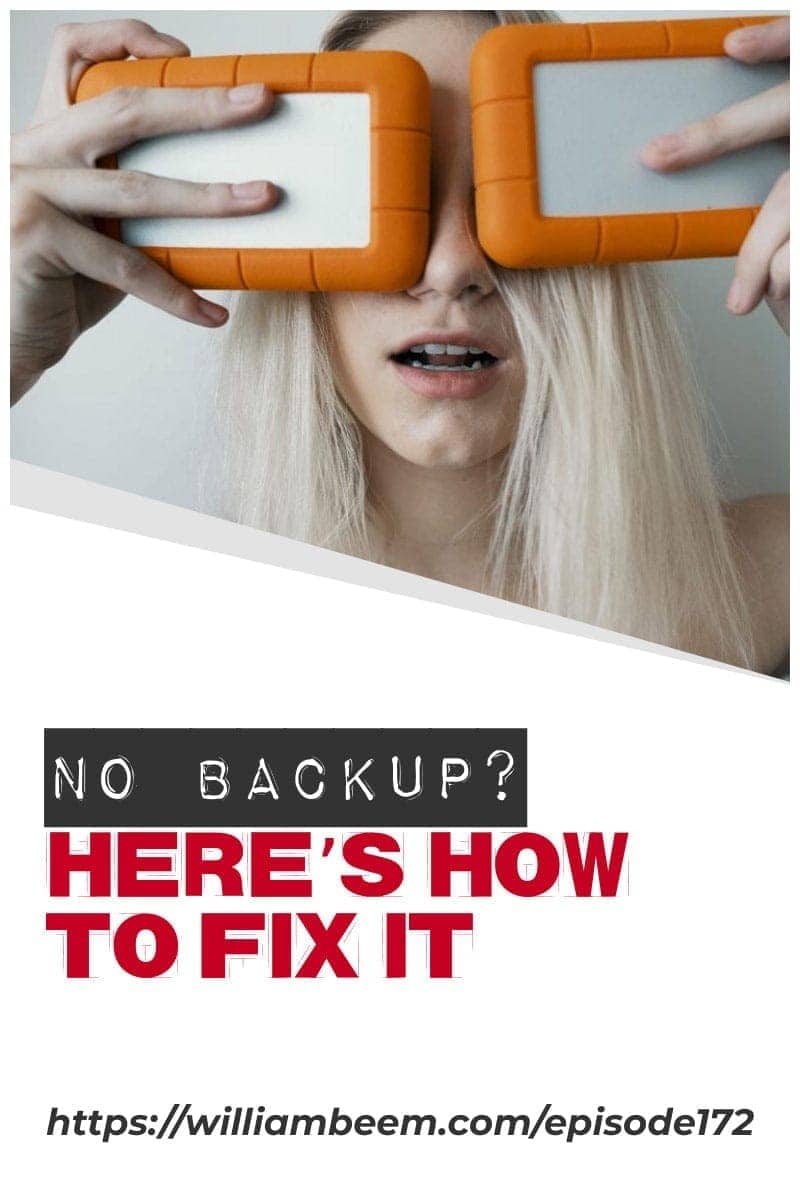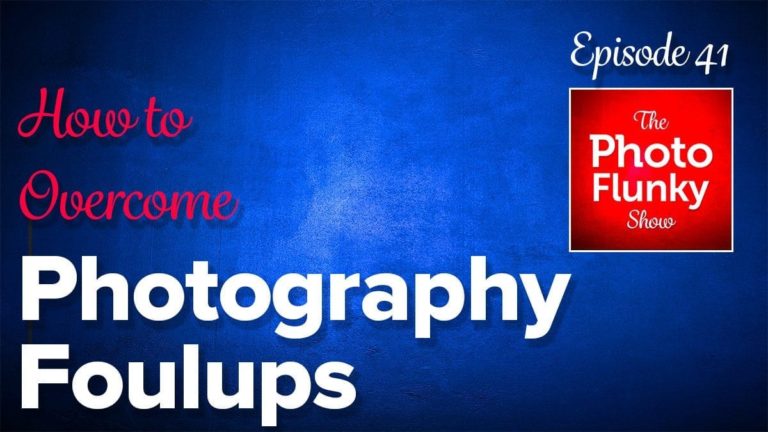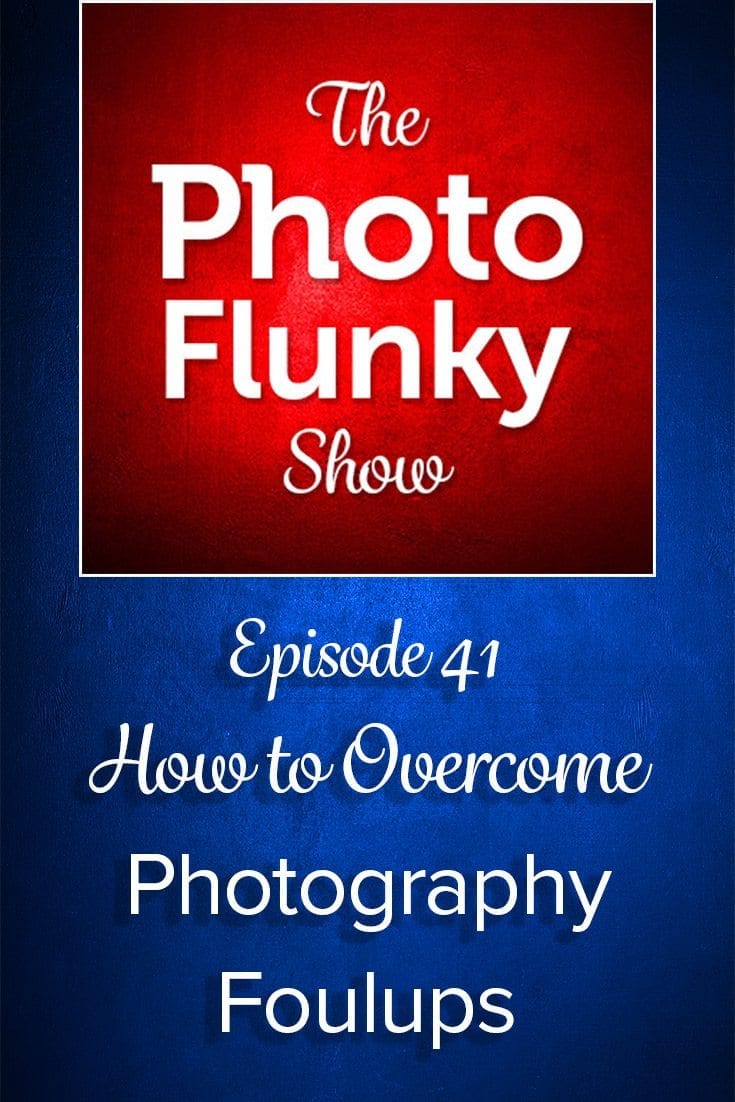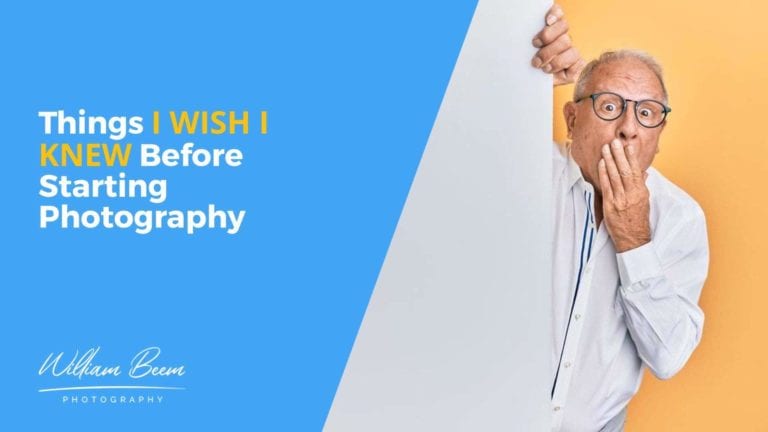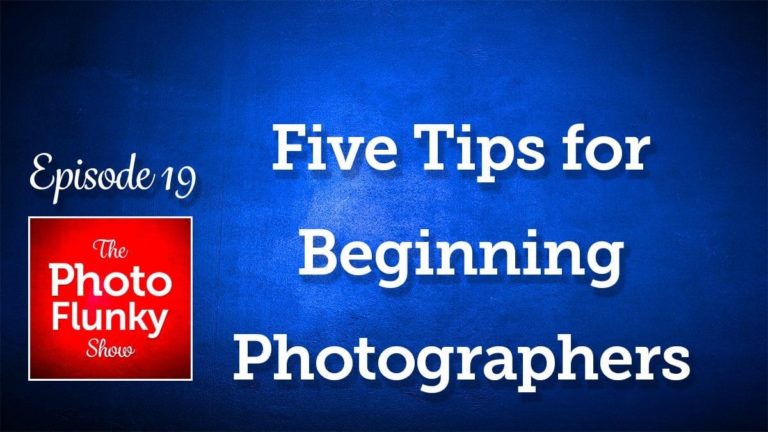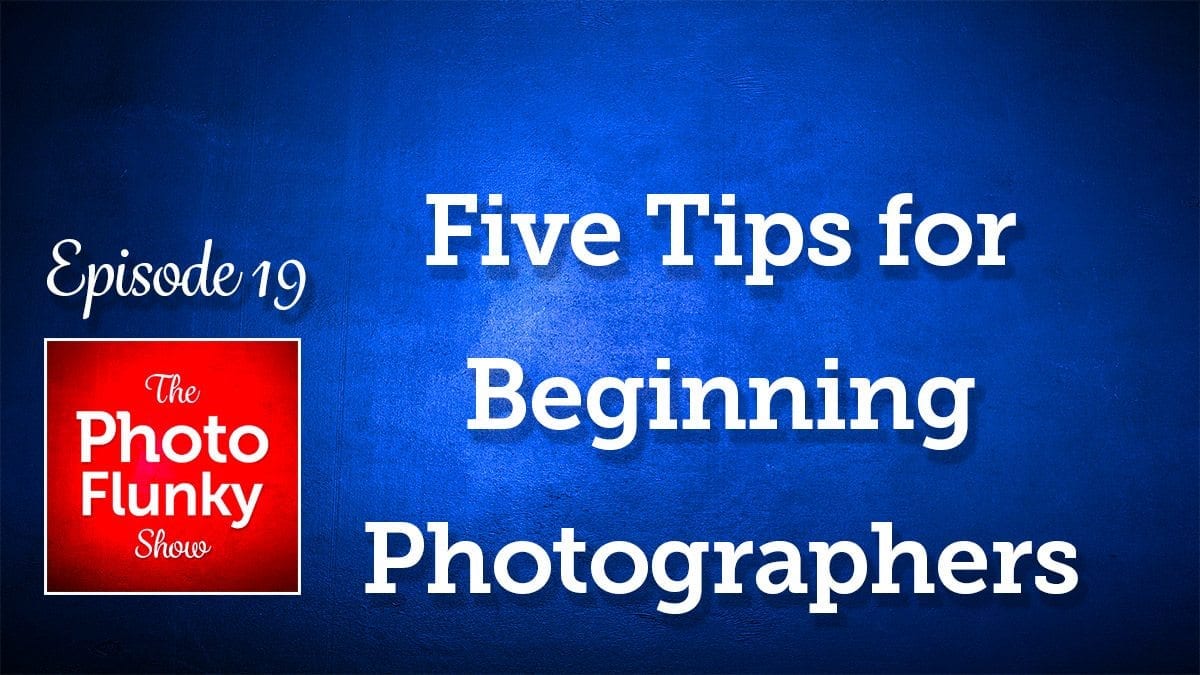Affiliate Disclosure: We earn a commission if you purchase through one of our links at no additional cost to you.
Let’s talk about photography pricing strategies to show customers the value you provide so you can negotiate a profitable contract that delivers a photo to meet their purpose or desire. There are three concepts to understand in order to make a good sale or license of your photography.
Help Customers Understand the Value Your Photography Provides
I often hear other photographers making an argument among themselves, or even to their customers, that goes something like this:
“The customers don’t understand the time I put in behind the scenes in order to get their photos ready.”
That’s often a true statement, but it doesn’t matter. The customer doesn’t really care that you spend an hour or more in post-processing, training, buying gear, or whatever else that factors into the price for their photo.
They only see the experience and the transaction.
That’s why you need to demonstrate your value for your customers so they know what they’re getting and why it costs the amount it does.
Ultimately, photographers provide three benefits.
1: We Preserve Memories
Photography used to be the realm of specialized practitioners. Now, every person with a mobile phone is a photographer There are more photos taken in a year than all of the photos taken in history (or something close to that).
We have the ability to whip out a small device and capture a moment, to preserve a memory.
Some memories deserve more quality than others, though. Do you want your wedding photos only commemorated by snapshots? Hey, some do. There are couples who forego a wedding photographer and put disposable cameras on all the tables at the reception.
Those are their memories.
You ought to know that these people were never, ever potential customers for a professional photographer. Either they didn’t have the money or they didn’t value the quality of the photos you create.
So when you tell potential customers that you preserve memories, you also need to demonstrate your ability to capture those memories with a level of quality that is far above and beyond the disposable camera or mobile phone photographer.
They aren’t paying your fee for the photo. They’re paying for your experience in composition, lighting, and customer service. They’re paying you to capture and create memories on a higher scale than they or their friends will ever do.
This kind of photography is a luxury experience.
A couple wants to remember their wedding photos for years to come. They want to share them with family and friends, and those photos need to tell their story.
The memories you preserve are more than random snapshots. It’s the story of their relationship and commitment to each other.
2: We Communicate Ideas and Concepts
Why do manufacturers, advertising agencies, and other businesses hire professional photographers instead of getting some snapshots with their own cameras or phones?
It’s because they know that a well-crafted photo will sell their product or service. You’re not an expense. Your time, skill, and service are an investment in a campaign designed to earn a profit.
Once again, photography is a luxury experience.
Quality and craftsmanship can make a difference in how they show their product or service to the world. Photographers tell their stories, help their audience understand an idea or concept. They help instill a desire for satisfaction that only the subject can provide.
People don’t buy a photo or a car as much as they buy into the way it makes them feel. Use your skills to deliver that experience and make them feel good about handing you a fat wad of cash.
3: We Create Art
This is where I found my market. I don’t really want to be in the business of working for clients. Yet I can still earn money from photographing images I like and selling or licensing them to individuals and corporate buyers.
Some people buy art. Some people buy the artist.
Trust me, the latter group spends a lot more money. You’ll pay much more for a work by a known artist than for a podcaster with a camera.
So what’s the difference between a guy like me who enjoys photography and makes some sales and a known artist who can charge a much higher rate for a photo?
Marketing.
I’ve seen photos from average Joe photographers who rival or surpass some of the big names in our business. Not just a one-off lucky shot, but consistent delivery of great photos that go relatively unseen.
The difference is having the time, energy and budget to hustle and get your name known by a larger audience. That’s no small feat, either.
The art I sell often goes to commercial clients who need art to decorate an office, or sometimes need a travel photo for a destination where they host a conference. They found my photos because it filled a need. My sales to individuals often come from someone who has a memory or some connection to the subject in my photo.
The key is to make your photos available, discoverable and then to negotiate a reasonable fee.
Photography Pricing Strategies for Three Types of Customers
Not all customers are the same. There’s an interesting article on Neuromarketing that does a great job of discussing the three types of buyers. I’ll try to summarize it below.
1: The Tightwad
The tightwad is someone who values his or her money more than the thing for sale. These are the folks who will likely be the kind of customer you want to fire.
Why?
Because they will consume too much of your time trying to get something for nothing or to pull your rates down to the bottom. They’re also the kind of customer least likely to find satisfaction after the sale. They’ll be the ones with buyer’s remorse and look for a way to get their money back.
They are also the type of customer that will tell you what they think your product or service should cost. Once convinced of their own logic, they’ll work to make you feel like your price is over the top.
They don’t care about a luxury experience and will never pay for one. These are the folks I simply don’t accept. Sometimes it means I lose a sale, but that’s OK.
I know the value of photography and what my customer wants. If the two points of view don’t align, I would rather walk away than degrade my business to this level.
Imagine how that would make my other customers feel if I started cutting rates on something they happily purchased at a higher price?
Dealing with tightwads is not a path to success.
2: The Spendthrift
You may think that this customer is a dream come true. Someone who is the exact opposite of the tightwad. That may be true on occasion, but there’s another danger with the spendthrift buyer.
What if they can’t afford to pay for your service and you’re left holding the bag?
The way I avoid this problem is by insisting upon full payment before delivery of any photos. That works for me, but not for every other photographer.
Some photographers accept a deposit to reserve their time to photograph an event. They show up, do the work, and then find out the customer doesn’t have the money to pay the rest of the bill.
You don’t deliver the results in those cases until they can make payment, but so what? You’re still out of the time you spent working for someone who doesn’t have the money to backup their desires.
These folks don’t care about price. They’re buying upon emotion. That works if they have the money and you deliver an excellent service.
As with all business, keep an eye on how the payment arrives and when you deliver the results.
3: The Average Buyer
The majority of my customers fall into this category. They aren’t buying on an impulse. Instead, they evaluate what I have, determine their own need or desire, and then they buy if they find it valuable.
It’s essentially a business transaction, but a satisfying one.
They spend time thinking about their decision before they buy. In my experience with corporate buyers, they already know that they want one of my photos for a purpose before they ever reach out to me.
What happens from there is a negotiation for a licensing fee or print fee. If we strike common ground, we’re both happy.
My Photography Pricing Strategy
What will the market bear for your photographer?
Honestly, it’s probably much more than you expect. I mentioned on the podcast that my bottom dollar price for a photo to use on a web site is $250, but it could go higher.
Here are some of the factors I keep in mind.
I don’t charge much for web photos because of the nature of the usage. People need photos for web pages and articles all the time. It’s easy to go to a stock site to get an inexpensive photo, though those rates can go higher for some commercial requirements. I’m looking at what the market will bear.
The place where I earn much larger commissions is for photographs that will print for display, deliver to large audiences, become part of an advertising campaign, or perhaps get used on a physical product.
I’ve had people contact me about licensing my photos for t-shirts, coffee mugs and expandable fans. One senator wanted to put my image on the label of his family vineyard’s wine bottles. You never know just how someone may want to use your photo.
So how do you come up with a price?
In my experience, you can get very good rates if you explain your pricing in a logical fashion that the customer cannot refute. My price for the same photo varies from one client to the next, based upon some criteria listed below.
The only exception is if they want an exclusive license. If I can never charge anyone else for the photo, then the customer is going to pay a much larger fee. Big-time hefty bag fee.
My Photography Pricing Formula
My pricing formula generally comes down to a percentage of their budget. If a corporate buyer needs a photo as part of a project, then there is an overall campaign budget.
How do I decide what percentage to charge?
I start off with a minimum value in mind. That’s the lowest amount of money I’ll accept to make a deal, or I walk away. That fee includes my time for the negotiations, any expenses I incurred to get the photo, and any services I offer with the sale.
For example, I typically offer two follow-up requests after the sale. Sometimes people need post-processing changes to the photo to fit their needs. To help eliminate the possibilities for these follow-ups, I’ll often provide a watermarked comp image with a low DPI so they can do mock-ups before we complete the sale.
That takes some of my time, but it also gives them a customer service experience that’s different from a number of other photographers. If you’re going to ask for a large sum of money, you have to deliver a good experience.
Once I know the usage requirements and the campaign budget, I’ll come up with a fee based on the size of their budget. That percentage is larger for a small budget and smaller for a large budget.
If a client has a $3500 budget, I may charge 15% – only $525. That’s per use, though. More uses, more calculated fees.
Now imagine the client has a $350,000 budget. They aren’t going to spend $52,500 on my photo. I’ll reduce my percentage. If I charge 2%, I get $7,000 for a photo that (in most cases) I already shot and won’t incur more expenses.
With some clients, you could push it to 3% at $10,500.
How do you know? Well, that’s why I spend time with customer service, providing mock-ups and working through any problems they may have with getting the image to fit their need. That interaction allows me to get a feeling for what price they will accept.
The fact that I can explain my pricing structure in a logical way also helps alleviate some counter-proposals. Remember, it’s a negotiation and also a sale opportunity.
You still have to provide high-quality images, excellent customer service, and explain the value of your image to their business.

